Archaeologists believe that the ‘world’s oldest pyramid’ might not have been built by humans.
The Djoser Step pyramid is said to be the world’s oldest pyramid, with estimates claiming it was built in around 2,630 BC.
However, a couple of years ago, a paper published in Archaeological Prospection claimed that the Gunung Padang site in Indonesia could be the oldest, with researchers suggesting it dated back to 25,000 BC.
However, at the time, some fierce doubts over whether the structure was in fact man-made began to circulate, with many in the field disagreeing with the paper’s claims over the site’s origins.

The Djoser Step pyramid is said to be the world’s oldest (KHALED DESOUKI/AFP via Getty Images)
The paper’s researchers claimed it could have originated from a natural lava hill ‘before being sculpted and then architecturally enveloped’.
“This study sheds light on advanced masonry skills dating back to the last glacial period. This finding challenges the conventional belief that human civilisation and the development of advanced construction techniques emerged only… with the advent of agriculture approximately 11,000 years ago,” the paper explains.
“Evidence from Gunung Padang and other sites, such as Gobekli Tepe [in Turkey], suggests that advanced construction practices were already present when agriculture had, perhaps, not yet been invented.”
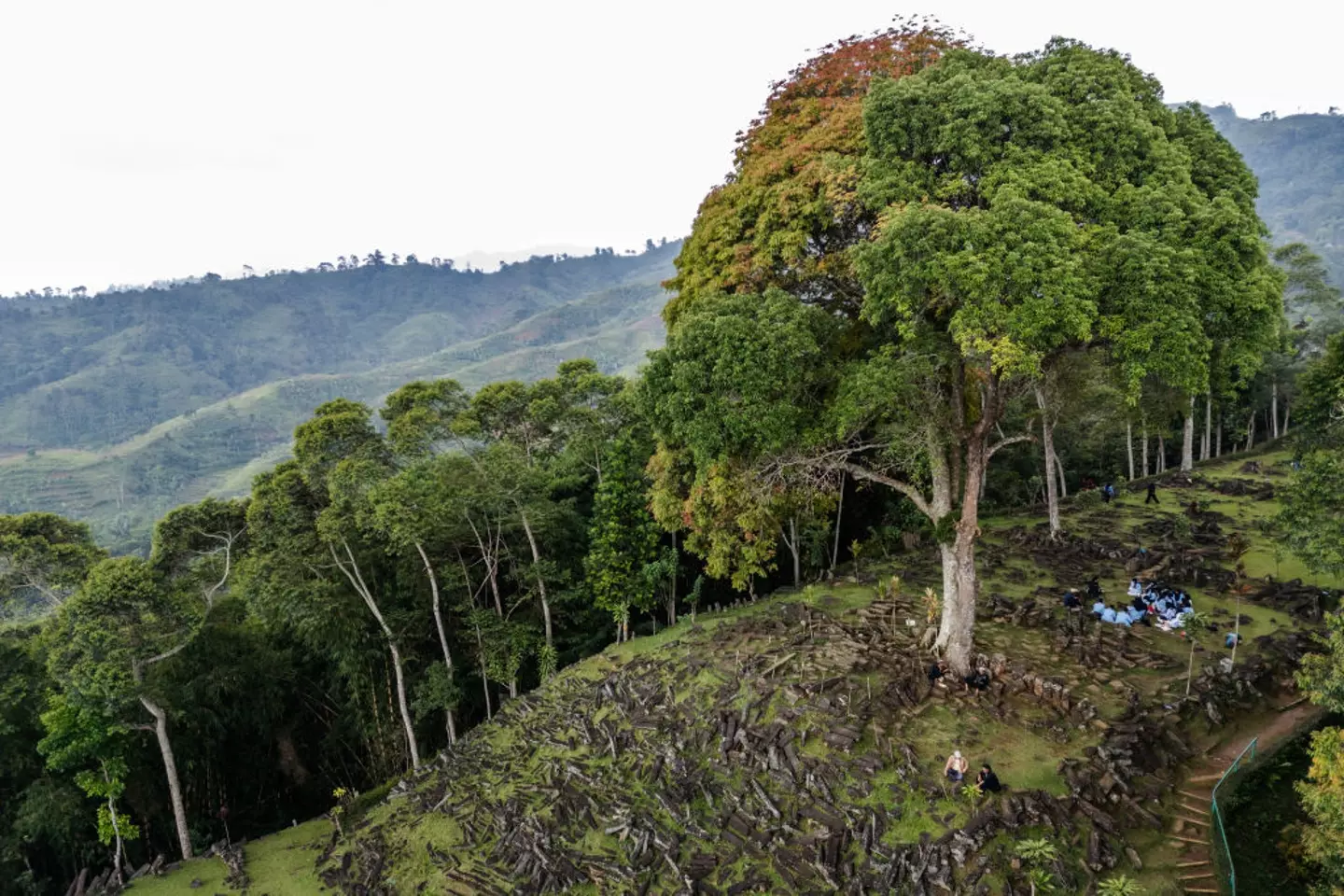
The Gunung Padang site in Indonesia (Garry Lotulung/NurPhoto via Getty Images)
However, some researchers claimed there was no evidence to suggest the site was man-made at all.
Flint Dibble, from Cardiff University, said: “Material rolling down a hill is going to, on average, orient itself. There is no evidence of working or anything to indicate that it’s man-made.”
Dibble added to The Guardian: “If you went to the Palace of Westminster and dropped a core seven metres into the ground and pulled up a soil sample you might date it as being 40,000 years old. But that does not mean the Palace of Westminster was built 40,000 years ago by ancient humans. It just means there’s carbon down there that’s 40,000 years old. It is extraordinary that this paper has been published.”
Meanwhile, Bill Farley, an archaeologist at Southern Connecticut State University, said: “The 27,000-year-old soil samples from Gunung Padang, although accurately dated, do not carry hallmarks of human activity, such as charcoal or bone fragments.”
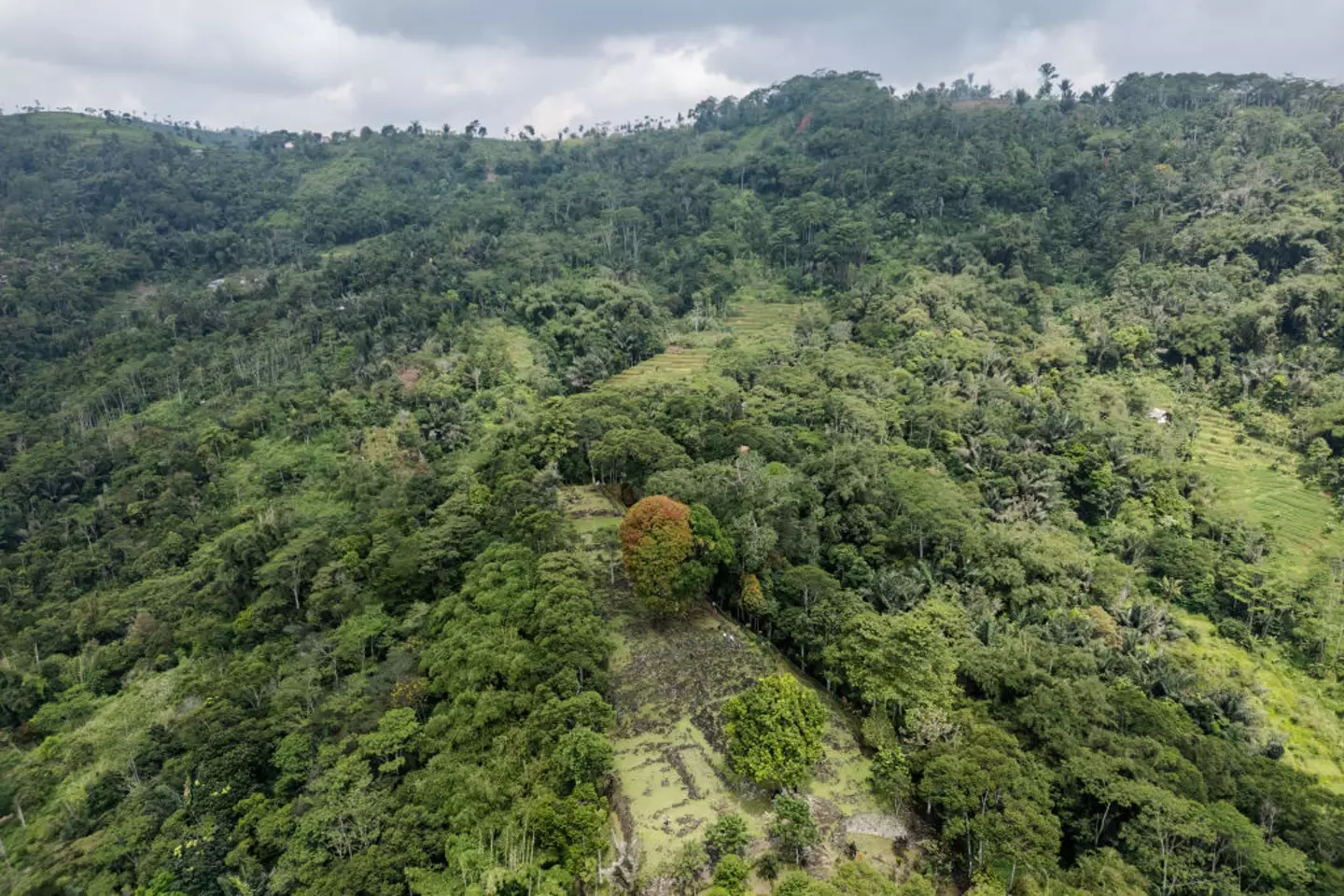
The paper was redacted by Archaeological Prospection (Garry Lotulung/NurPhoto via Getty Images)
The debate led to the editors of Archaeological Prospection launching an investigation, which ended with the paper being retracted, alongside the comment: “Following publication of this article, concerns were raised by third parties with expertise in geophysics, archaeology, and radiocarbon dating, about the conclusions drawn by the authors based on the evidence reported.”
The retraction notice also explained that soil samples taken in the study were not associated with any man-made findings and therefore the conclusion of a pyramid on the site was incorrect.
Author of the paper, Professor Danny Hilman Natawidjaja, said he was ‘disappointed’ at the retraction, calling it ‘a severe form of censorship, blatantly disregarding the fundamental principles of scientific inquiry, transparency, and fairness in academic discourse’.
Featured Image Credit: X
Topics: Science, Environment, World News
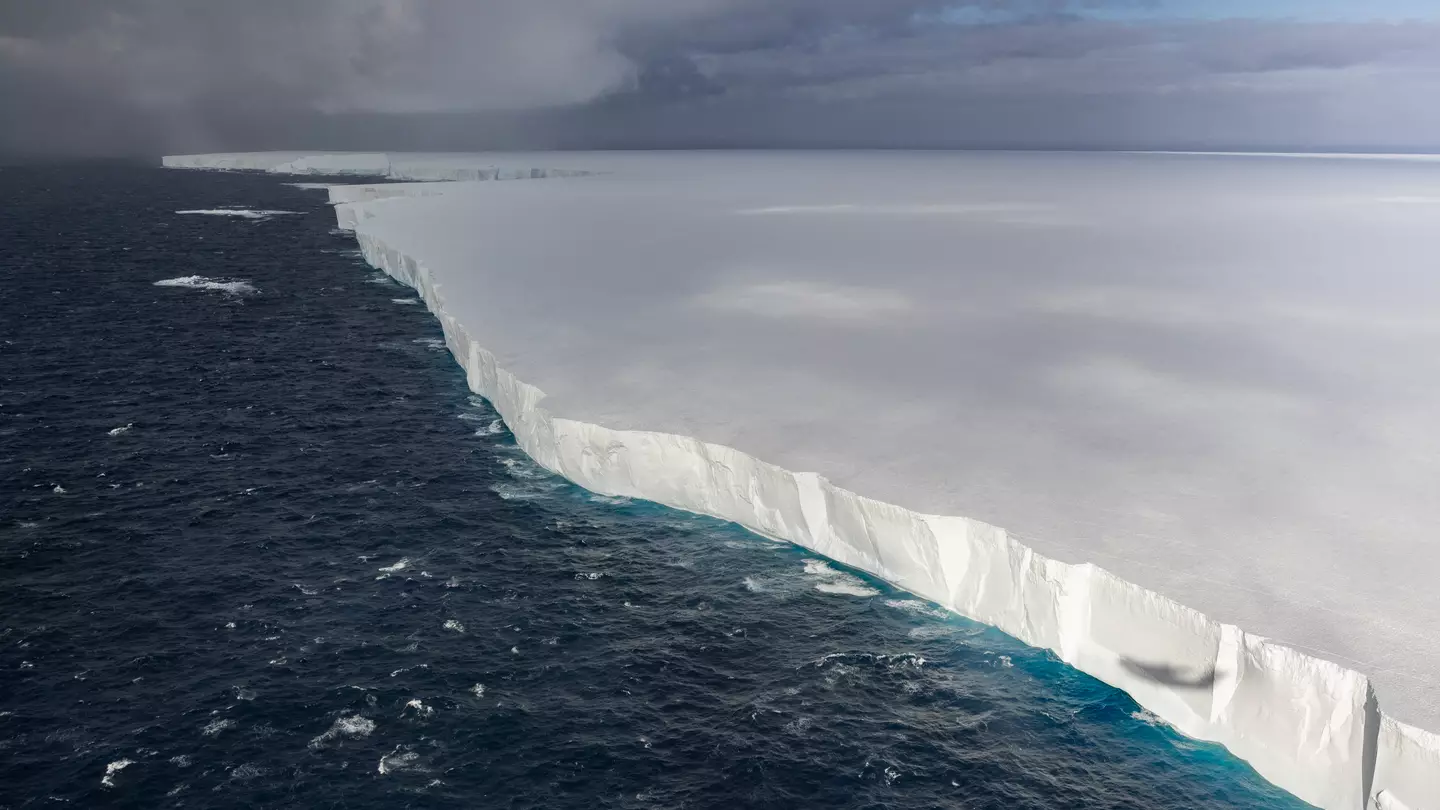
A trillion tonne iceberg which is twice the size of Greater London is headed on a collision course with a British island.
The world’s largest iceberg has been dubbed a ‘megaberg’, though it also bears the more official name of A23a, and it first broke free of the Antarctic coastline all the way back in 1986.
Thankfully, it was so large that it spent the next three decades wedged in the Weddell Sea, but in 2020 it had become unanchored from the sea floor and went on the move again.
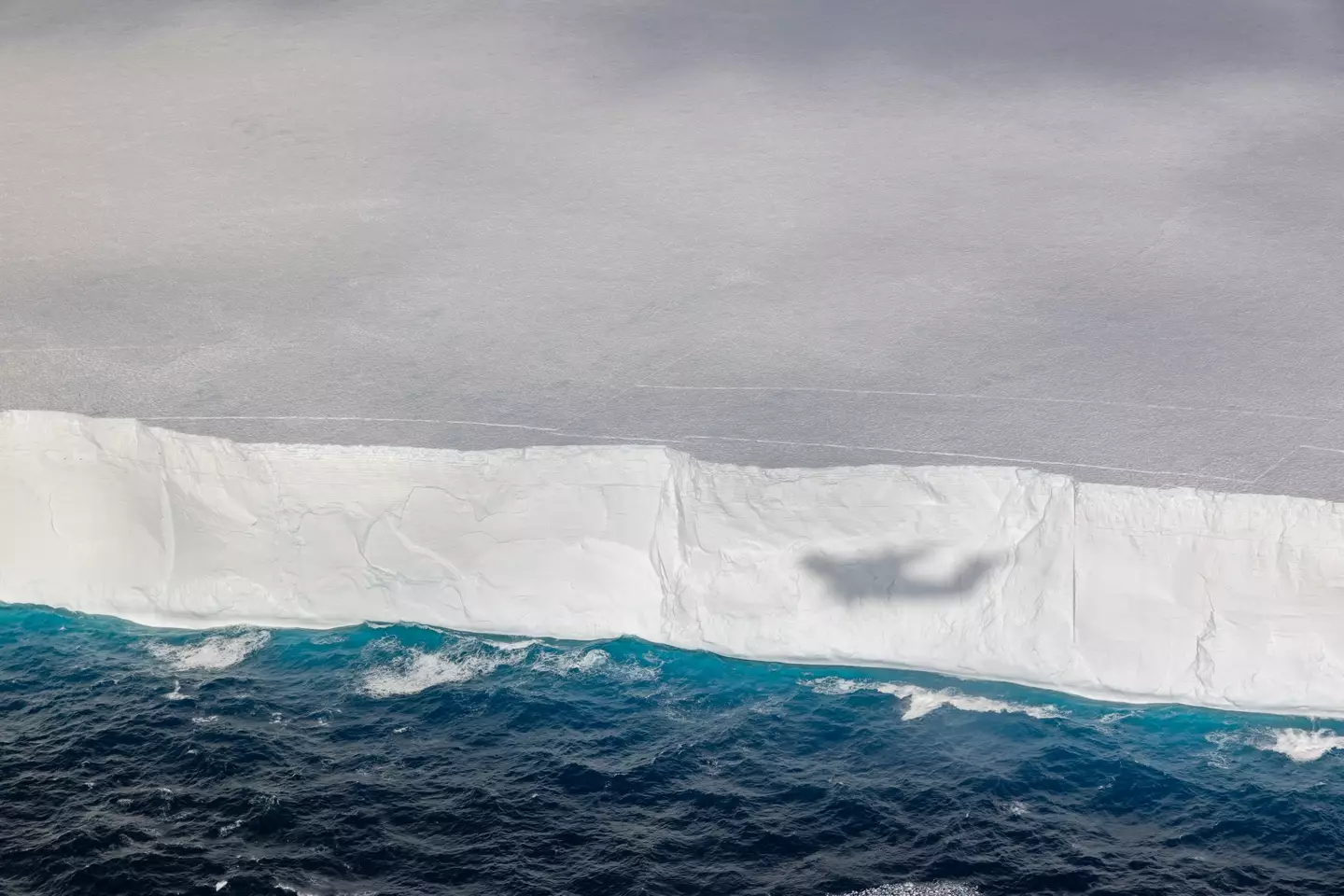
The iceberg is about twice the size of Greater London (UK MOD Crown Copyright via Getty Images)
It got stuck again in 2024 after becoming trapped in a vortex known as a ‘Taylor Column’, which is where rotating water traps an object in place to leave A23a stranded and in a spin for months.
Unfortunately, the world’s largest iceberg started moving again and according to Sky News, is heading for a British island.
Fortunately, that island is South Georgia, which is situated in the South Atlantic Ocean and is home to only around 30 to 40 people.
But this gigantic megaberg still poses a significant danger to the many penguins and seals that call the island home with British Antarctic Survey physical oceanographer Andrew Meijer concerned that A23a could ‘dramatically increase mortality rates’ among penguins.
Meijer was able to closely study this giant iceberg in 2023 when he was on board the RRS Sir David Attenborough (the one that was originally going to be called Boaty McBoatface) and described it as ‘a Game of Thrones-style wall of ice that towers above the ship’.
If the giant iceberg gets stuck in the shallow water around the island that could block paths penguins take to go and find food, meaning it’s a more tiring thing for them and they bring back less food for their chicks.
Yesterday (23 January) the BBC reported that this gargantuan iceberg was 173 miles away from South Georgia and is under constant monitoring.
While the iceberg first broke off in 1986 the journey it is currently on is likely to spell doom for A23a.
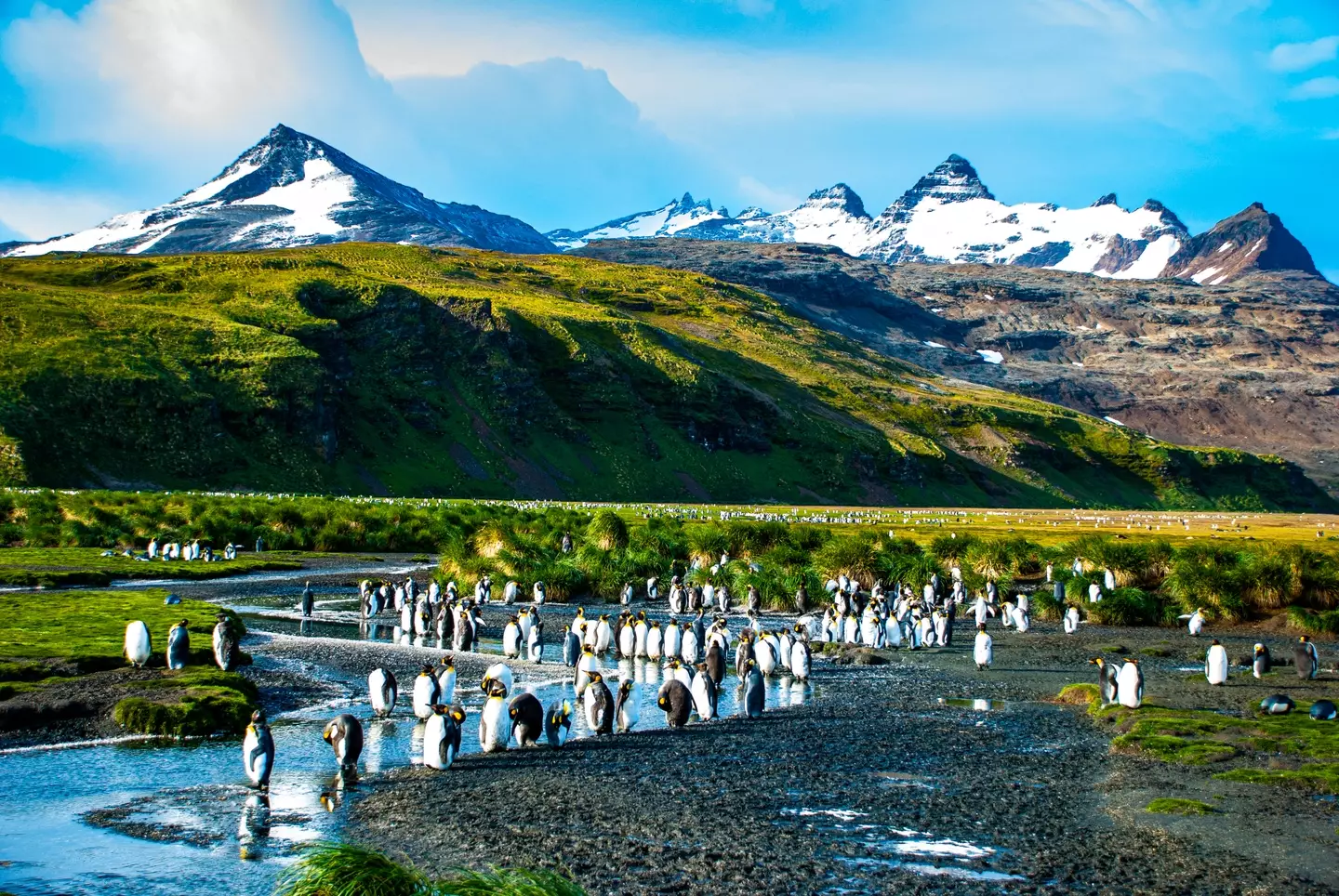
Experts fear the iceberg could be devastating for the penguins that call South Georgia home, since it may mean they can’t bring as much food to their chicks (Sascha Grabow/Getty Images)
That’s because the further north it travels the warmer the water it will move through is and the process of it melting and breaking up will accelerate.
Satellite images indicate that the giant iceberg used to be about 1,500 square miles and has since shrunk to about 1,350 square miles, with experts predicting that it will eventually break up into smaller chunks which may cause problems of their own both for the local wildlife and the ships sailing through the area.
Featured Image Credit: UK MOD Crown Copyright via Getty Images

